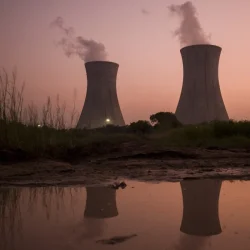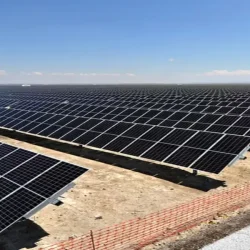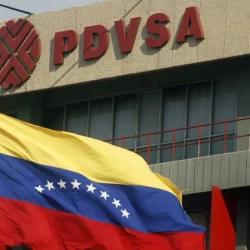Fuel Crisis in Iran’s Power Plants: Decline in Gas, Rise in Liquid Fuel Dependence
According to official statistics from the Ministry of Energy, Iranian power plants consumed nearly 90 billion cubic meters of fuel equivalent in 2023, including 74 billion cubic meters of natural gas, 10 billion liters of diesel, and 6 billion liters of mazut. These figures highlight a heavy reliance on natural gas for electricity generation.
Despite a 2.2% increase in power production this year, natural gas supply to power plants dropped by 7% in the first nine months, causing a shift to liquid fuel and stressing reserves.
Nasser Eskandari, acting deputy of power generation at the Thermal Power Company, stated that thermal power plants received over 5 billion cubic meters less gas. While liquid fuels were delivered to offset the shortage, storage tanks remain unfilled, and part of the fuel reserve was used during the summer.
Consequently, liquid fuel consumption rose by nearly 70% compared to the previous year. The Oil Ministry also reported a 2.2 billion liter increase in liquid fuel delivery, a 50% rise year-on-year, yet insufficient to compensate for the gas shortfall.
Now, fuel reserves in power plants are down to half compared to the same period last year. In some areas like northern Iran, fuel tanks are empty, resulting in 8,500 megawatts of generation capacity going offline and placing heavy pressure on the national power grid.









